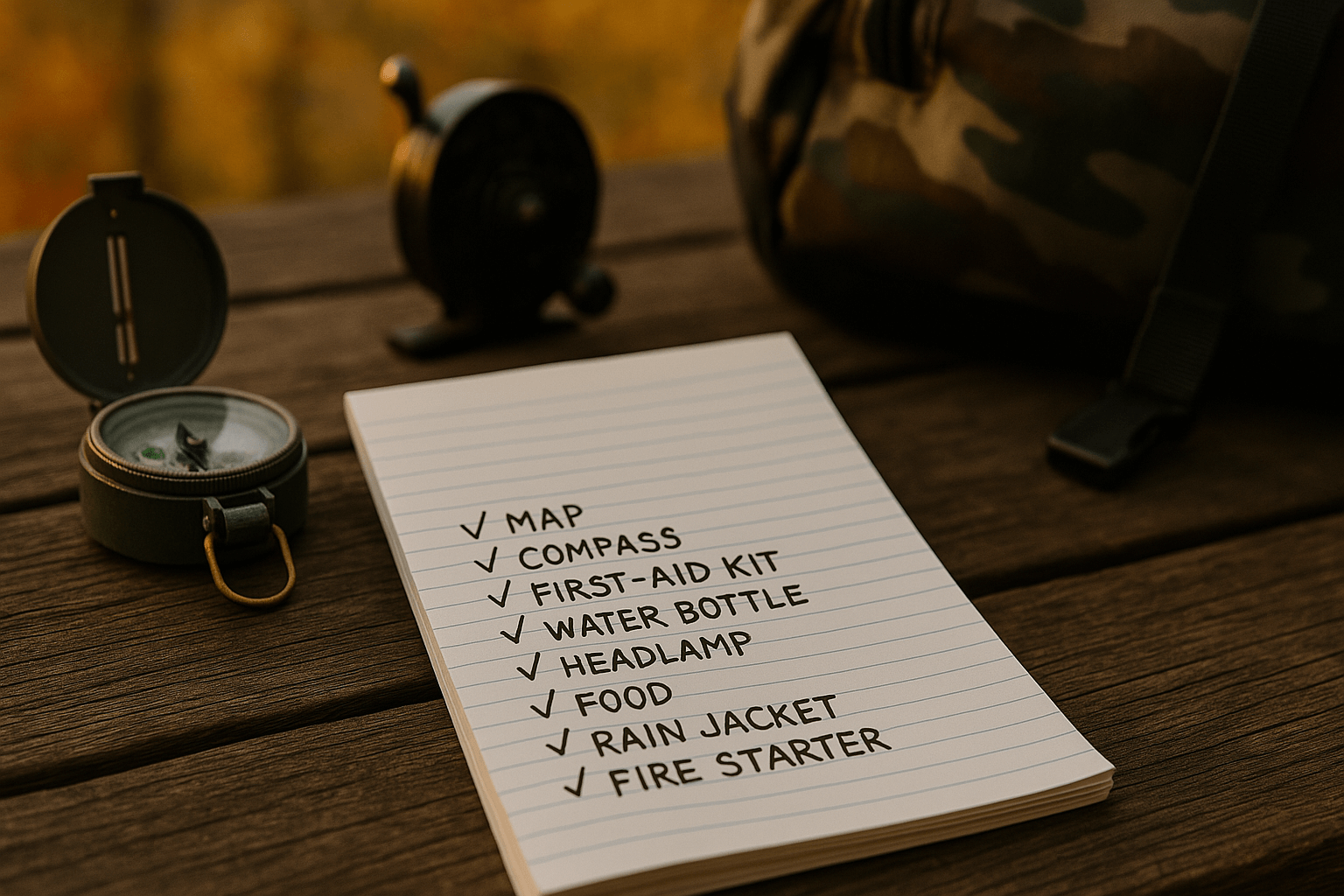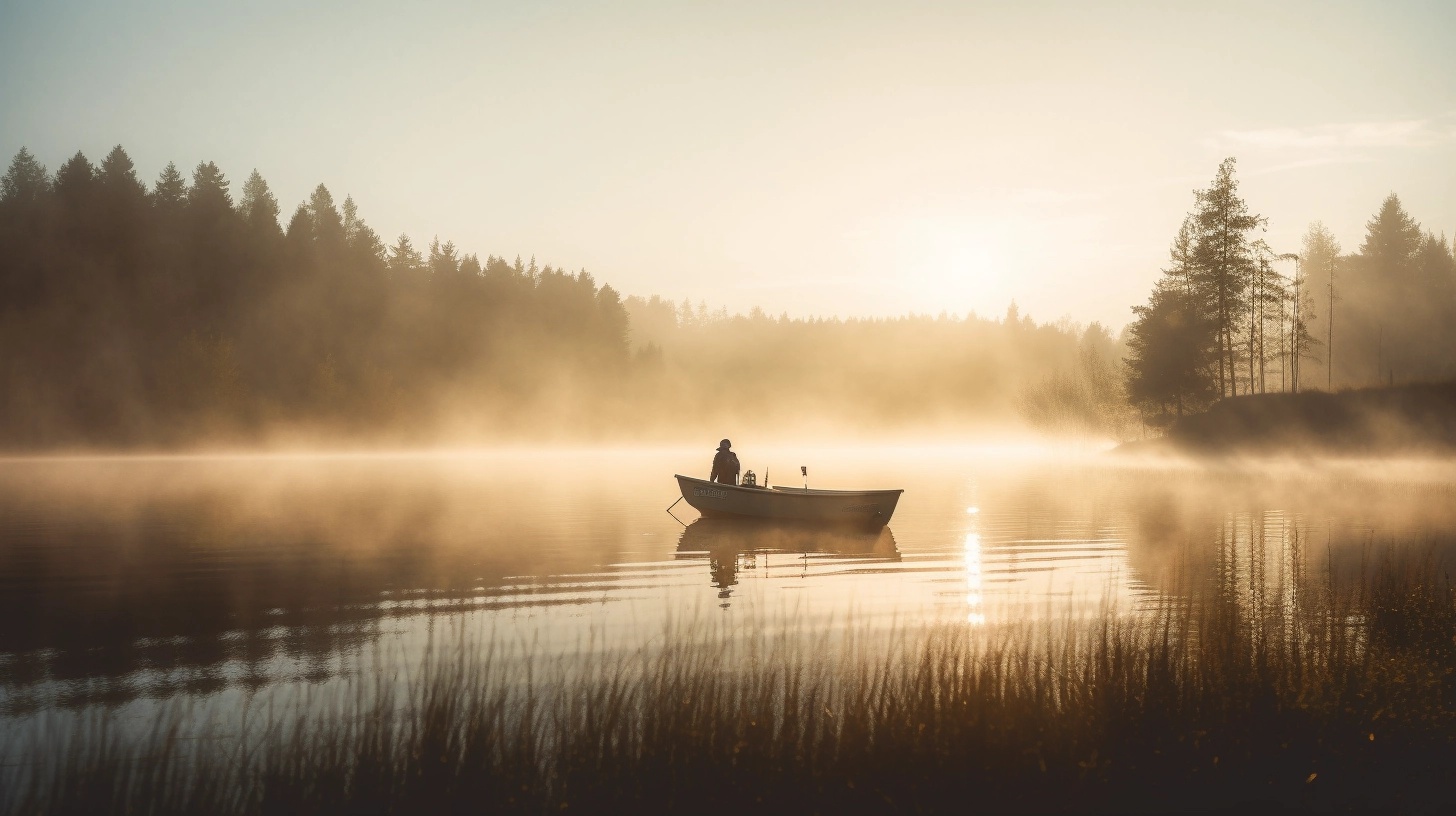Plan Your Trip Page: The SEO Powerhouse Your Guide Business Is Missing

A well-built “Plan Your Trip” page isn’t just helpful—it’s an underrated SEO weapon. Here’s how hunting and fishing guides can use it to rank higher and book more trips.
How often have you answered the same questions about what to pack, when to arrive, or what weather to expect? If you're a hunting or fishing guide, likely quite often.
Imagine a single page on your website that not only answers all those client questions but also helps your site rank higher on Google, builds trust with first-time bookers, and nudges visitors closer to clicking that "Book Now" button.
That's the magic of a "Plan Your Trip" page—and most guides don't have one.
What Is a "Plan Your Trip" Page?
At its core, this is a landing page that walks your customers through everything they need to know before arriving for their hunt or fishing trip. Think of it as the digital version of a welcome packet.
Beyond logistics, this page can become an SEO-rich asset if done right. It's where user experience meets discoverability—a sweet spot for converting curious website visitors into confident, paying clients.
Why Every Hunting and Fishing Guide Should Have One
Here's why every outfitter, guide, or lodge owner should invest time into crafting a solid "Plan Your Trip" page:
1. Reduces Client Confusion (and Saves You Time)
Fewer emails, fewer phone calls, and fewer no-shows. When clients know what to bring, where to go, and what to expect, everything runs smoother.
2. Builds Authority and Trust
A polished, helpful trip-planning page demonstrates professionalism. It shows clients you're organized, thoughtful, and experienced—even before they meet you.
3. Boosts Your SEO With Targeted Content
You can naturally include:
- Location-specific keywords ("Fishing trips in Northern Michigan")
- Activity-based terms ("DIY elk hunt packing list")
- Long-tail SEO phrases ("what to pack for a guided duck hunt")
This type of content ranks well, and chances are your competition isn't doing it.
What to Include on Your "Plan Your Trip" Page
Here's a framework to build a page that's both helpful and highly discoverable:
Directions and Travel Info
- GPS coordinates (important for remote lodges)
- Closest airports or towns
- Tips for tricky terrain or seasonal access
Packing Checklist
Include gear recommendations, clothing for the season, licenses, and even snack ideas.
Pro Tip: Break this into sections like "What We Provide" and "What You Should Bring" to keep it scannable and easy to follow.
Seasonal Notes and Best Times to Visit
Discuss peak seasons, weather expectations, and what species or experiences are best during specific times of year. This is a great spot for seasonal keywords like "early spring trout fishing in Montana."
Licenses and Regulations
Link directly to state agencies and explain what clients need to legally participate. Bonus: Google values outbound links to credible sources.
Lodging and Local Recommendations
If you don't offer lodging, provide nearby suggestions. This also targets local search queries (e.g., "cabins near XYZ lake").
Real-world example: Bighorn Angler does a fantastic job with their Trip Planner page. It's clear, informative, and packed with value for first-time visitors. They break down what to bring, what's provided, and even include a helpful video walkthrough showing what clients can expect on a guided trip. It's a great example of how to combine practical info with visual trust signals—and it's the kind of page that keeps clients confident and informed from the start.
What to Expect on the Trip
Provide a quick rundown of the day's flow: travel time, start time, meals, gear handouts, and anything unique about your operation. Adding photos can build excitement and trust.
How to Optimize Your "Plan Your Trip" Page for SEO
Use Location-Based Keywords
Think "guided fly fishing in Colorado" or "black bear hunts in Ontario." Incorporate these into headings, paragraphs, and image alt text.
Create Scannable Headings
Break the page into H2 and H3 subheadings like those above. People skim—and Google reads structure.
Add Internal Links
Point to your Booking Page, FAQ, Gear Guide, or recent blog posts. This keeps visitors engaged and signals to Google that your site is interconnected and valuable.
By implementing these strategies, your "Plan Your Trip" page can become a vital tool in enhancing your online presence and attracting more clients.
More Digital Presence Resources

Fishing Reports for SEO: Why Guides Should Post Regular Updates
Google favors sites that publish new content regularly. A weekly report is a steady stream of fresh content that tells search engines, “Hey, this site is alive and active.”